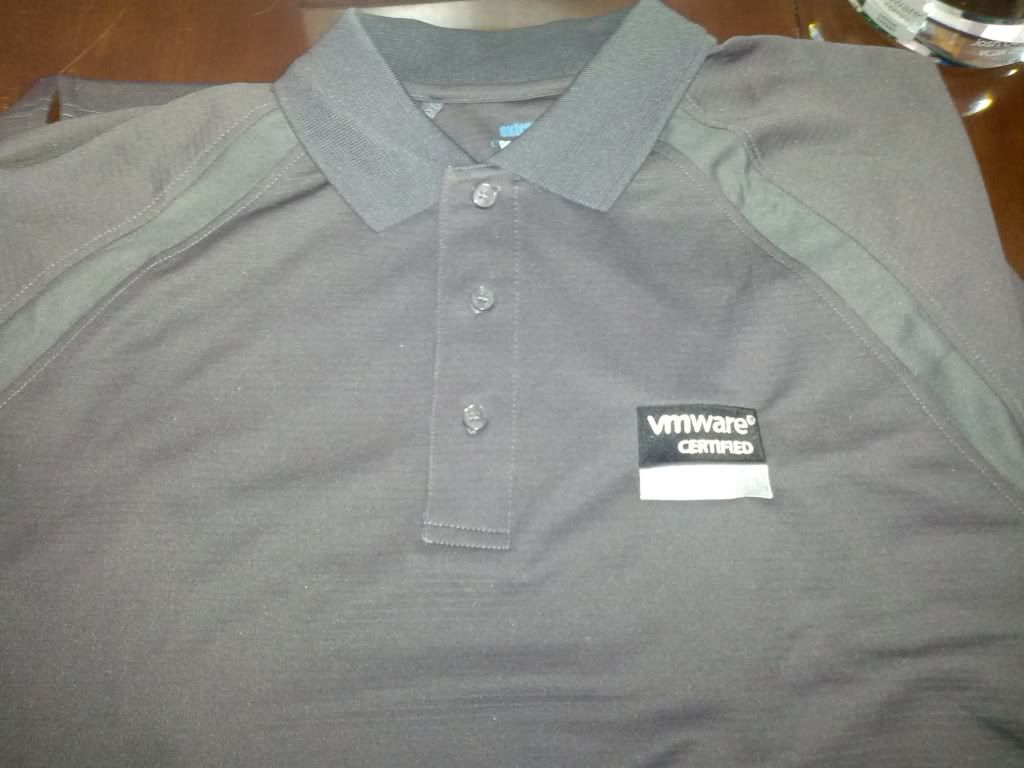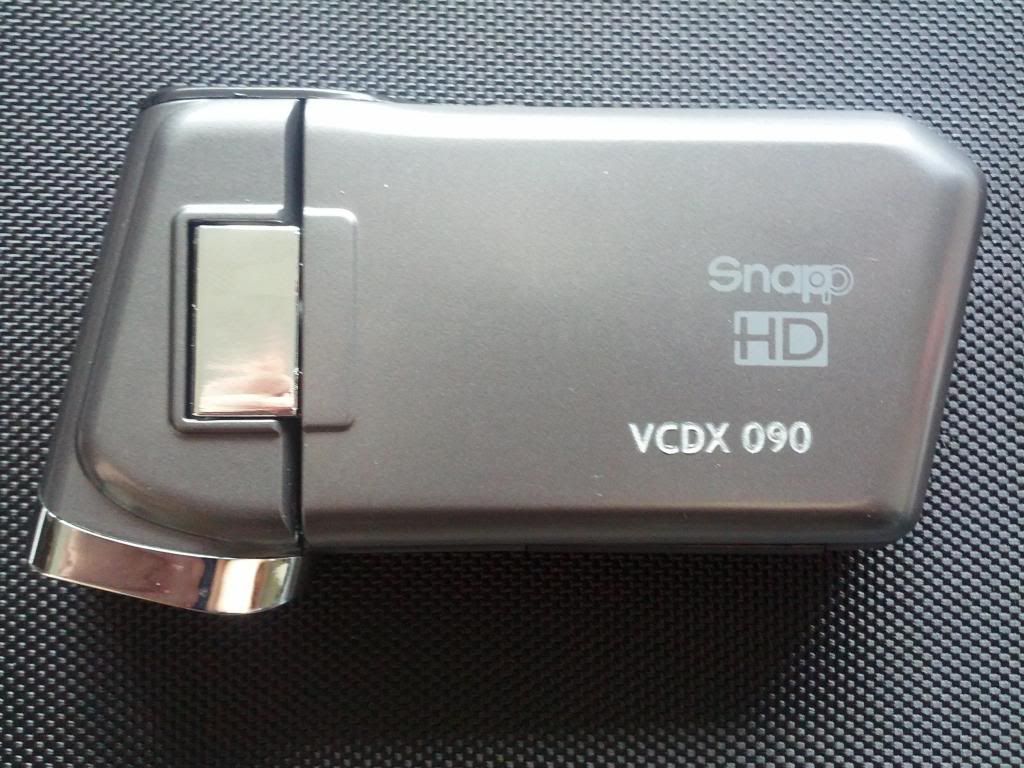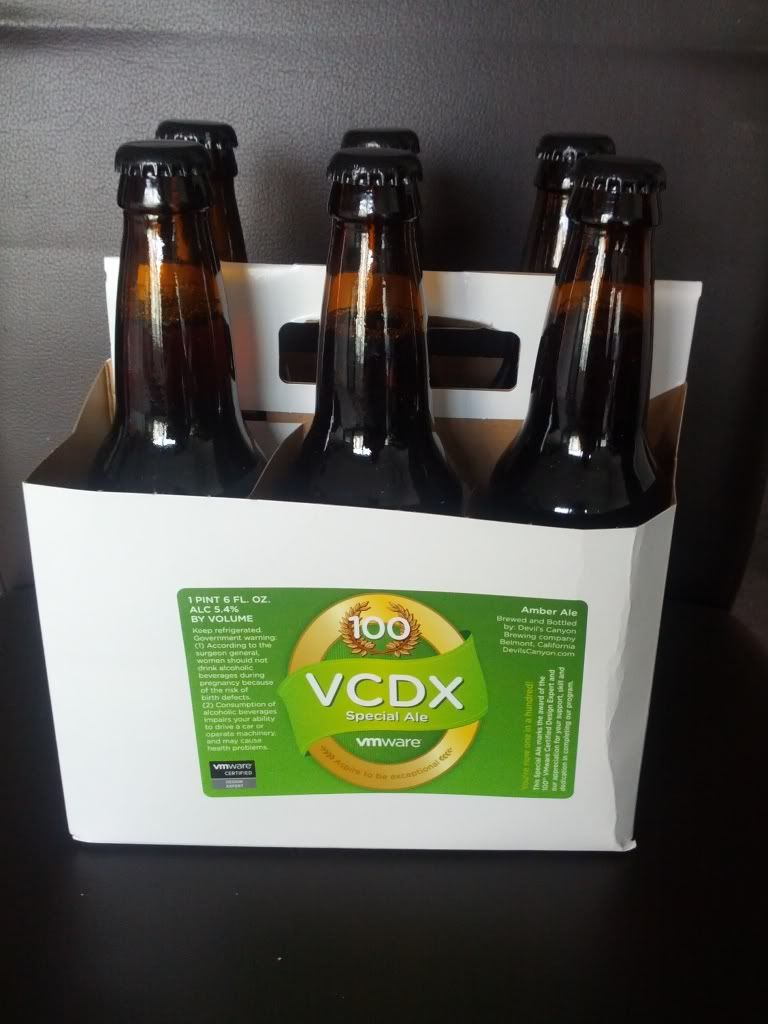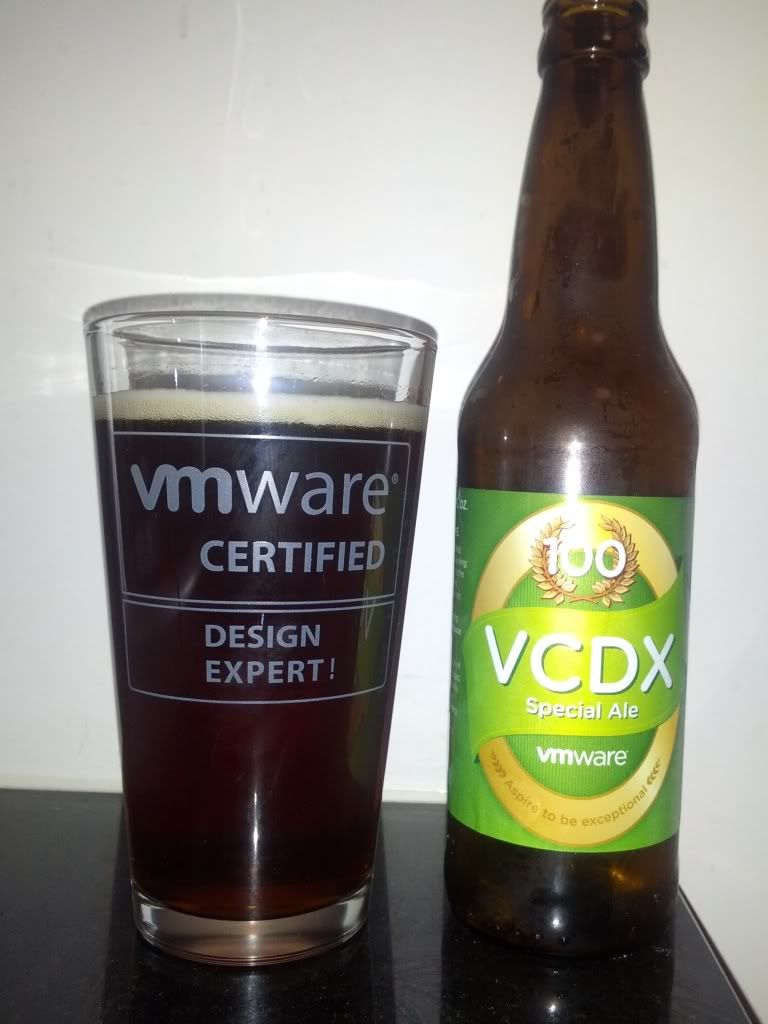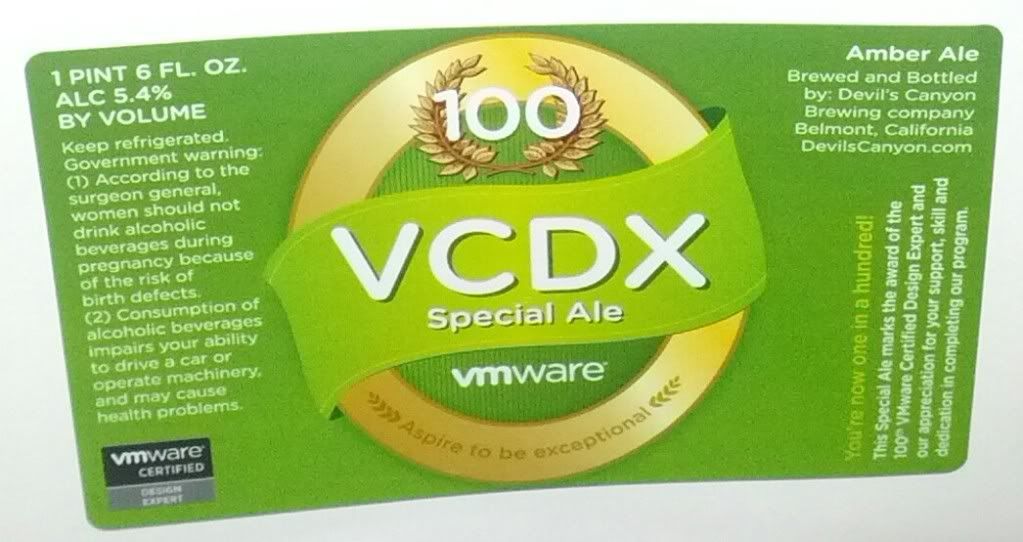On a regular basis, I am being asked how to configure vNetworking to support environments using IP Storage (NFS / iSCSI).
The short answer is, as always, it depends on your requirements, but the below is an example of a solution I designed in the past.
Requirements
1. Provide high performance and redundant access to the IP Storage (in this case it was NFS)
2. Ensure ESXi hosts could be evacuated in a timely manner for maintenance
3. Prevent significant impact to storage performance by vMotion / Fault Tolerance and Virtual machines traffic
4. Ensure high availability for ESXi Management / VMKernel and Virtual Machine network traffic
Constraints
1. Four (4) x 10GB NICs
2. Six (6) x 1Gb NICs (Two onboard NICs and a quad port NIC)
Note: So in my opinion the above NICs are hardly “constraining” but still important to mention.
Solution
Use a standard vSwitch (vSwitch0) for ESXi Management VMKernel. Configure vmNIC0 (Onboard NIC 1) and vmNIC2 (Quad Port NIC – port 1)
ESXi Management will be Active on vmNIC0 and vmNIC2 although it will only use one path at any given time.

Use a Distributed Virtual Switch (dvSwitch-admin) for IP Storage , vMotion and Fault Tolerance.
Configure vmNIC6 (10Gb Virtual Fabric Adapter NIC 1 Port 1) and vmNIC9 (10Gb Virtual Fabric Adapter NIC 2 Port 2)
Configure Network I/O with NFS traffic having a share value of 100 and vMotion & FT will each have share value of 25
Each VMKernel for NFS will be active on one NIC and standby on the other.
vMotion will be Active on vmNIC6 and Standby on vmNIC9 and Fault Tolerance vice versa.

Use a Distributed Virtual Switch (dvSwitch-data) for Virtual Machine traffic
Configure vmNIC7 (10Gb Virtual Fabric Adapter NIC 1 Port 2) and vmNIC8 (10Gb Virtual Fabric Adapter NIC 2 Port 1)

Conclusion
While there are many ways to configure vNetworking, and there may be more efficient ways to achieve the requirements set out in this example, I believe the above configuration achieves all the customer requirements.
For example, it provides high performance and redundant access to the IP Storage by using two (2) VMKernel’s each active on one 10Gb NIC.
IP storage will not be significantly impacted during periods of contention as Network I/O control will ensure in the event of contention that the IP Storage traffic has ~66% of the available bandwidth.
ESXi hosts will be able to be evacuated in a timely manner for maintenance as
1. vMotion is active on a 10Gb NIC, thus supporting the maximum 8 concurrent vMotion’s
2. In the event of contention, worst case scenario vMotion will receive just short of 2GB of bandwidth. (~1750Mb/sec)
High availability is ensured as each vSwitch and dvSwitch has two (2) connections from physically different NICs and connect to physically separate switches.
Hopefully you have found this example helpful and for a example Architectural Decision see Example Architectural Decision – Network I/O Control for ESXi Host using IP Storage


